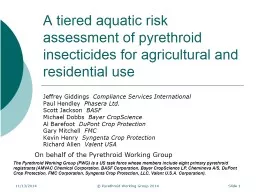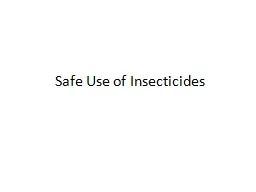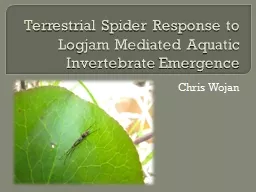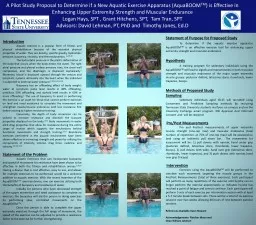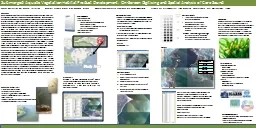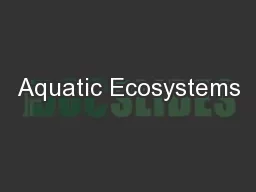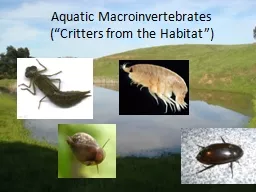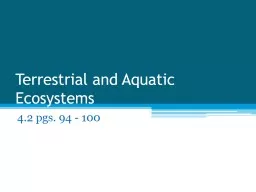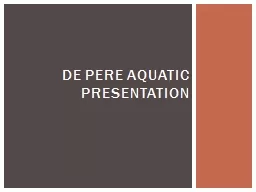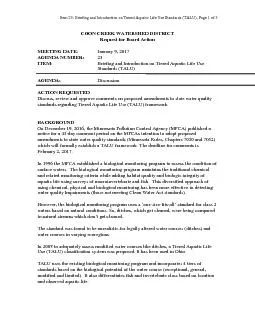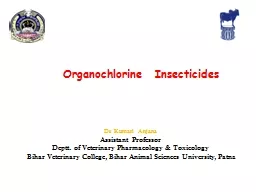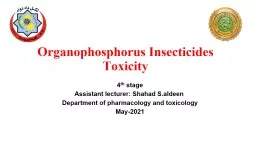PPT-A tiered aquatic risk assessment of pyrethroid insecticides for
Author : pasty-toler | Published Date : 2019-02-04
agricultural and residential use Jeffrey Giddings Compliance Services International Paul Hendley Phasera Ltd Scott Jackson BASF Michael Dobbs Bayer CropScience
Presentation Embed Code
Download Presentation
Download Presentation The PPT/PDF document "A tiered aquatic risk assessment of pyre..." is the property of its rightful owner. Permission is granted to download and print the materials on this website for personal, non-commercial use only, and to display it on your personal computer provided you do not modify the materials and that you retain all copyright notices contained in the materials. By downloading content from our website, you accept the terms of this agreement.
A tiered aquatic risk assessment of pyrethroid insecticides for: Transcript
Download Rules Of Document
"A tiered aquatic risk assessment of pyrethroid insecticides for"The content belongs to its owner. You may download and print it for personal use, without modification, and keep all copyright notices. By downloading, you agree to these terms.
Related Documents

